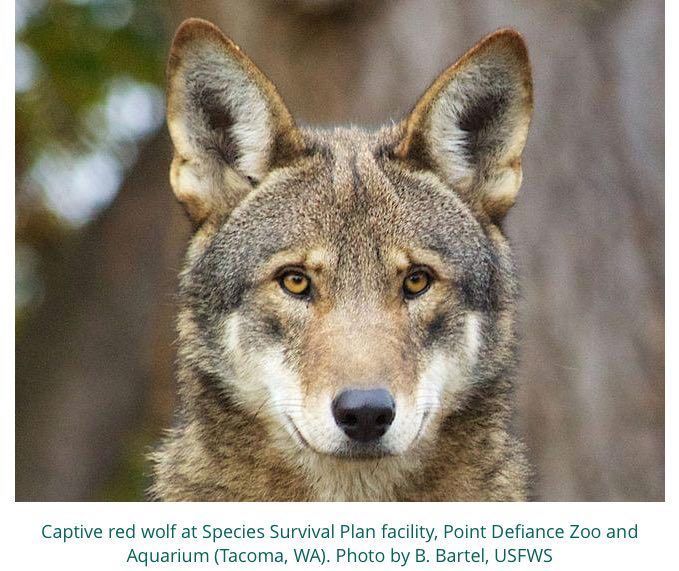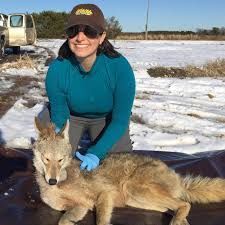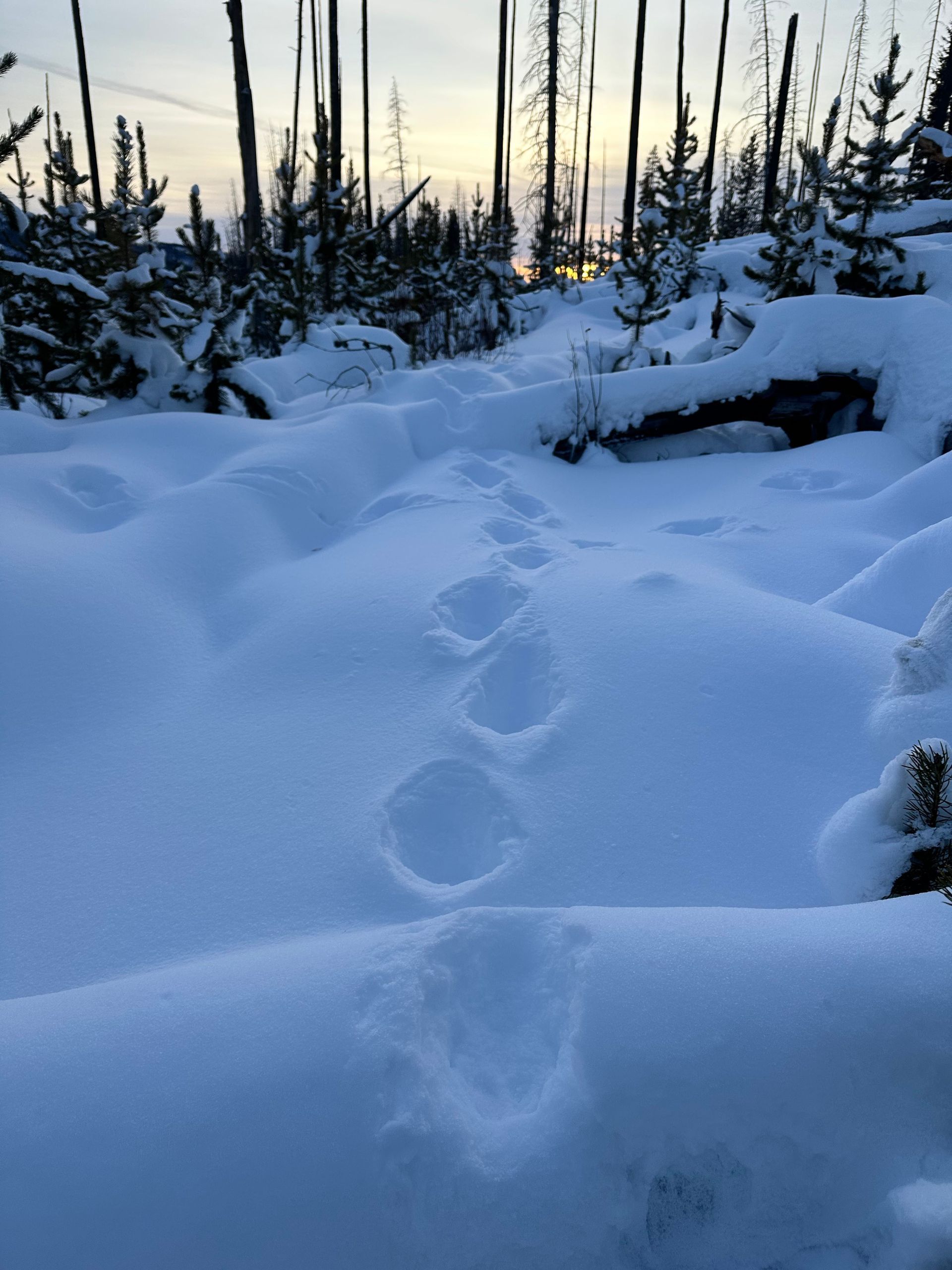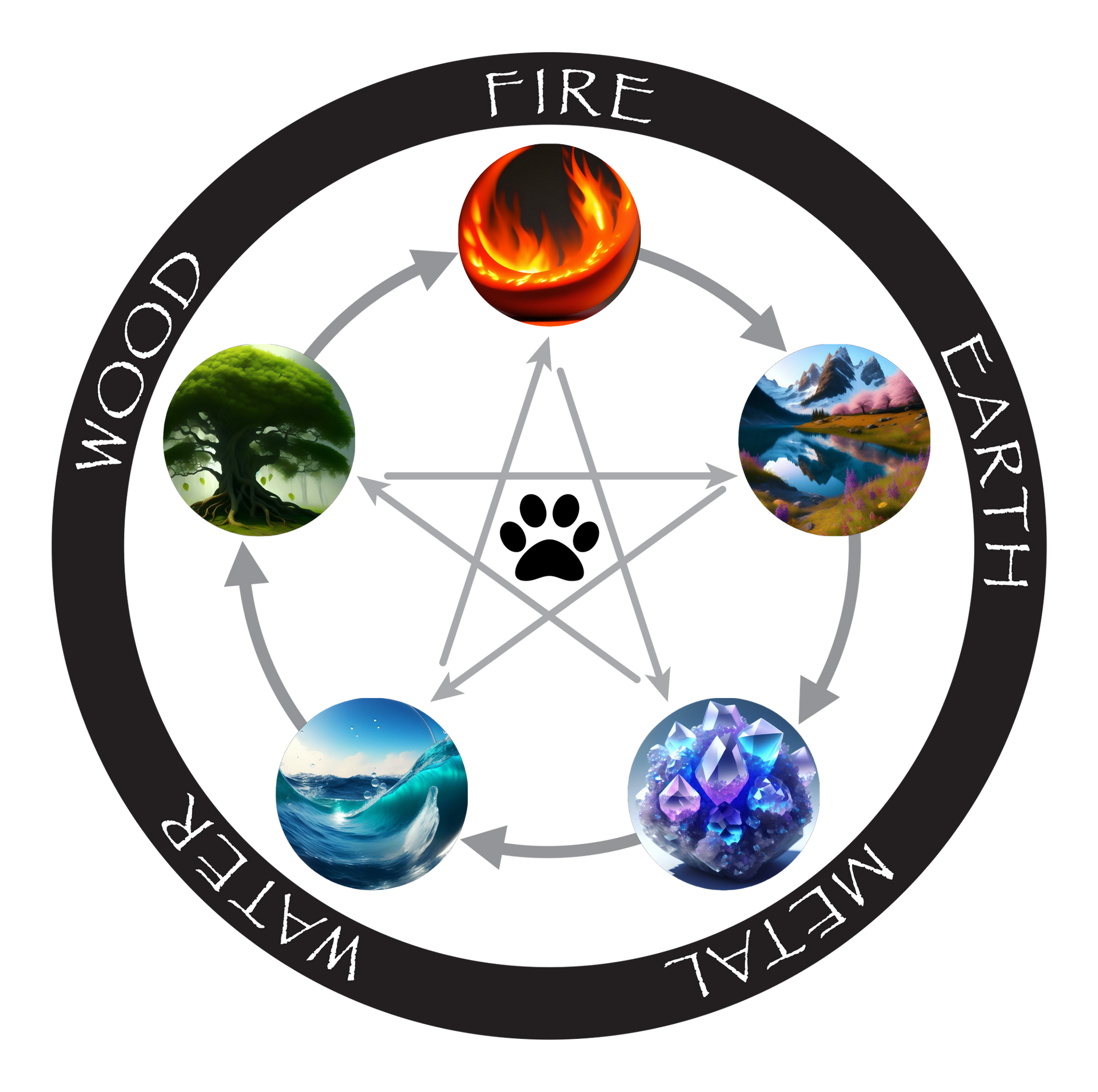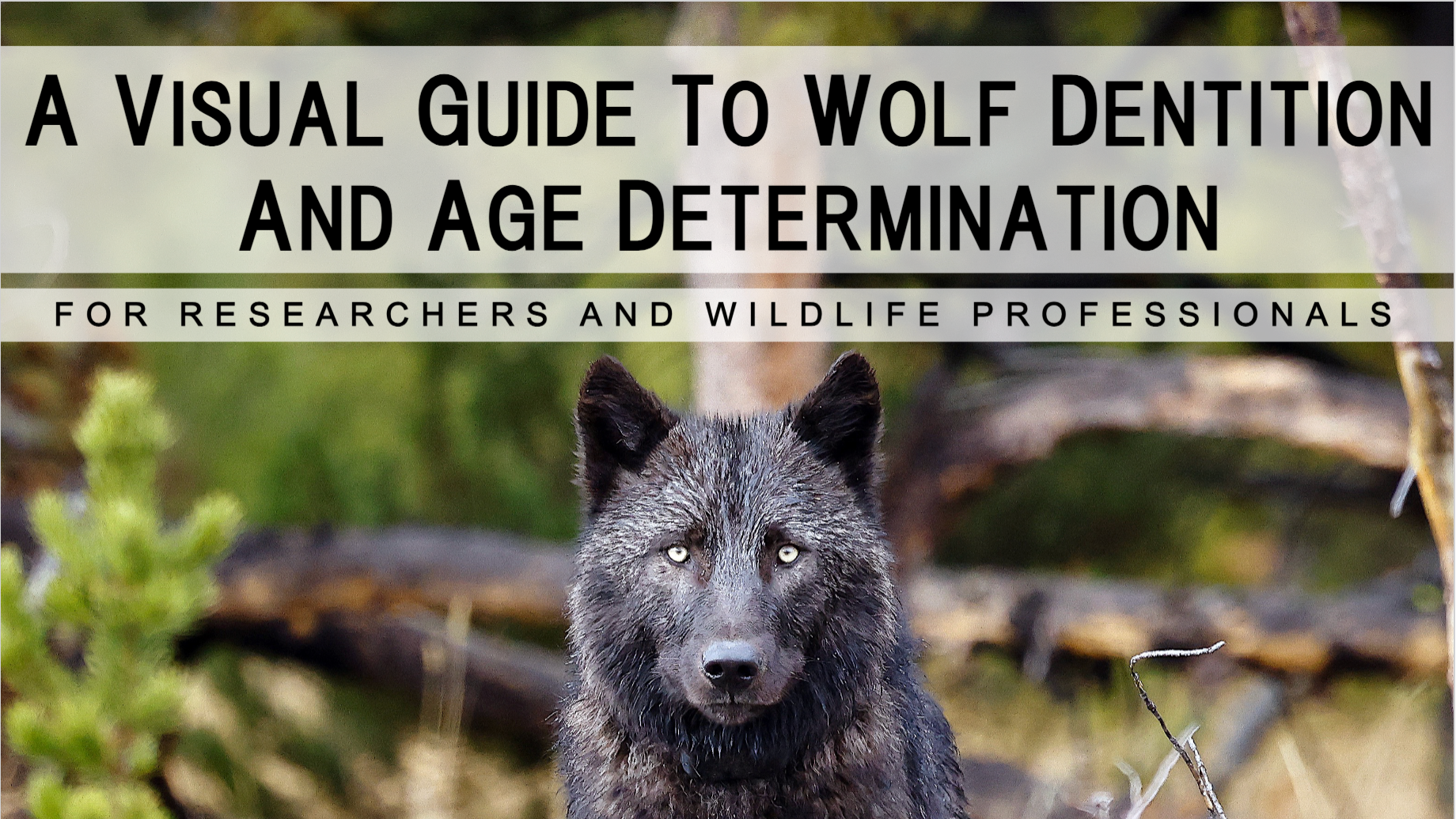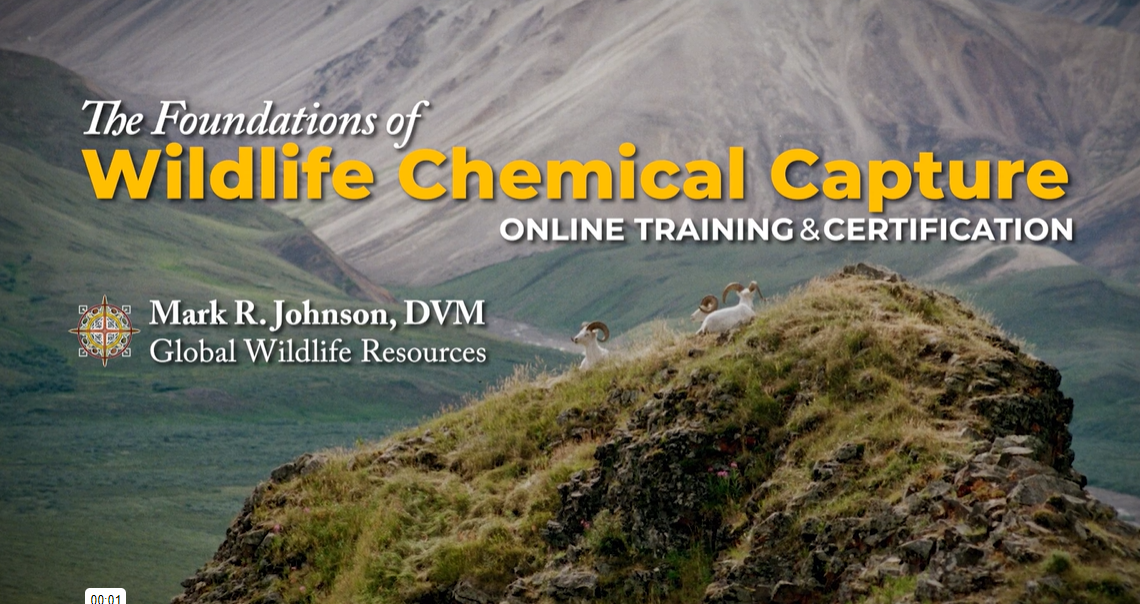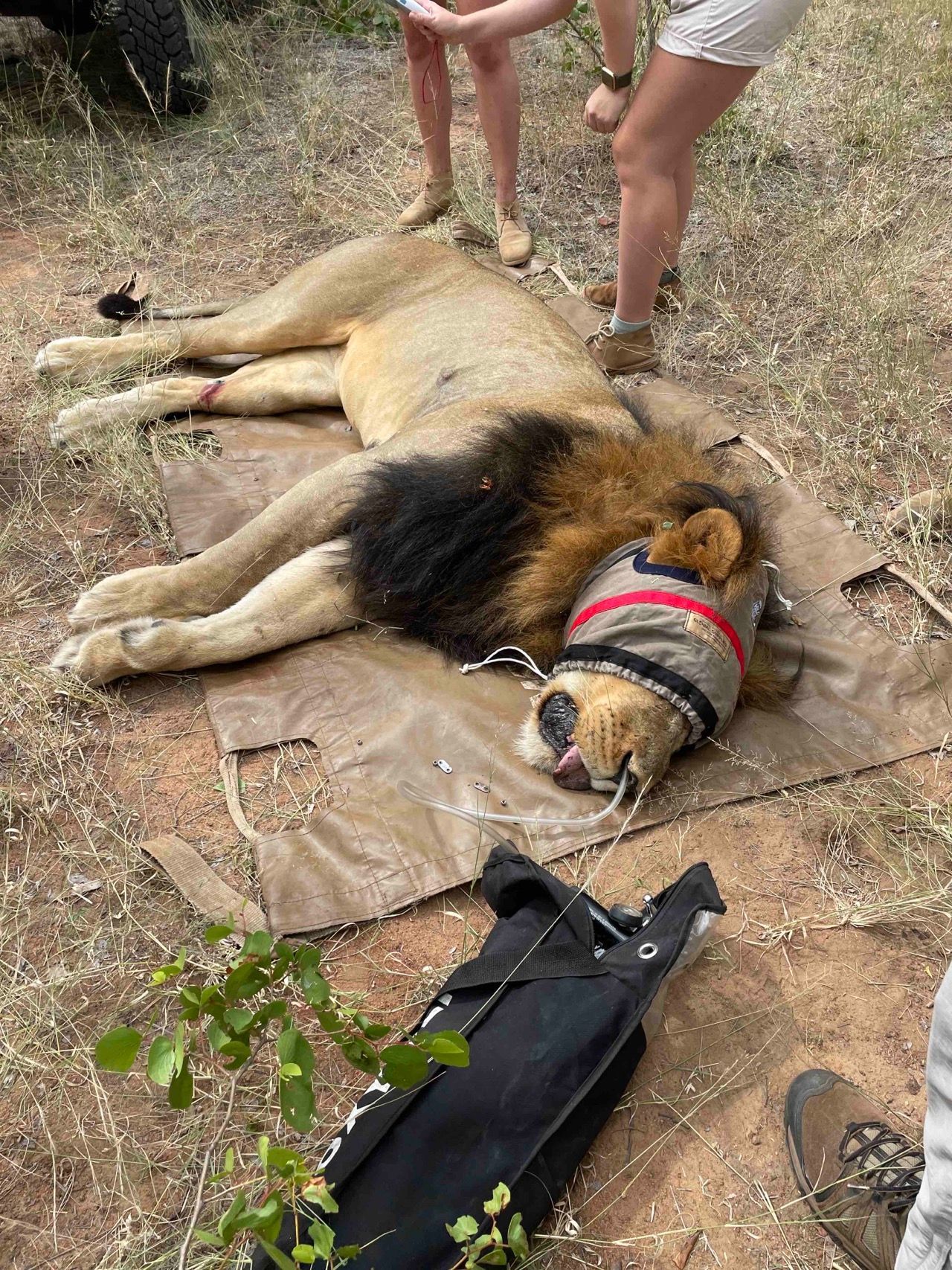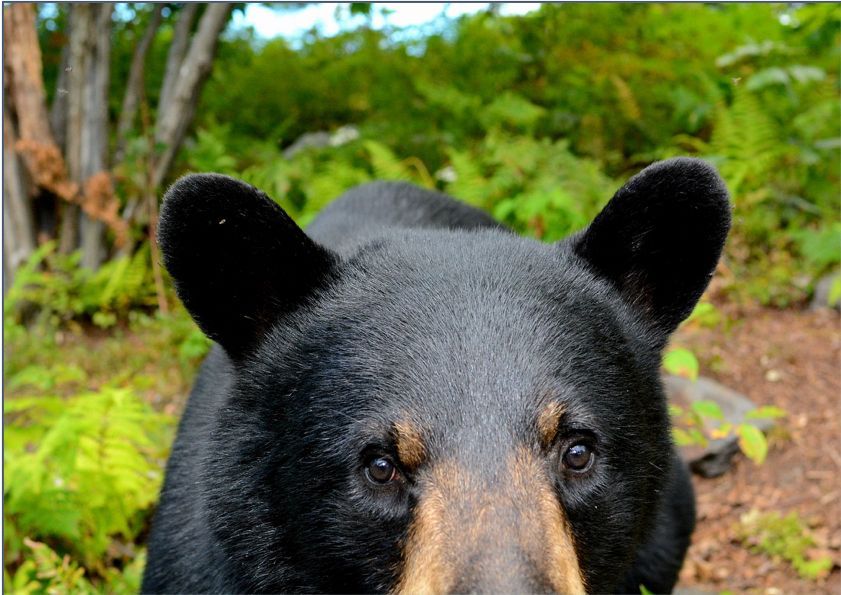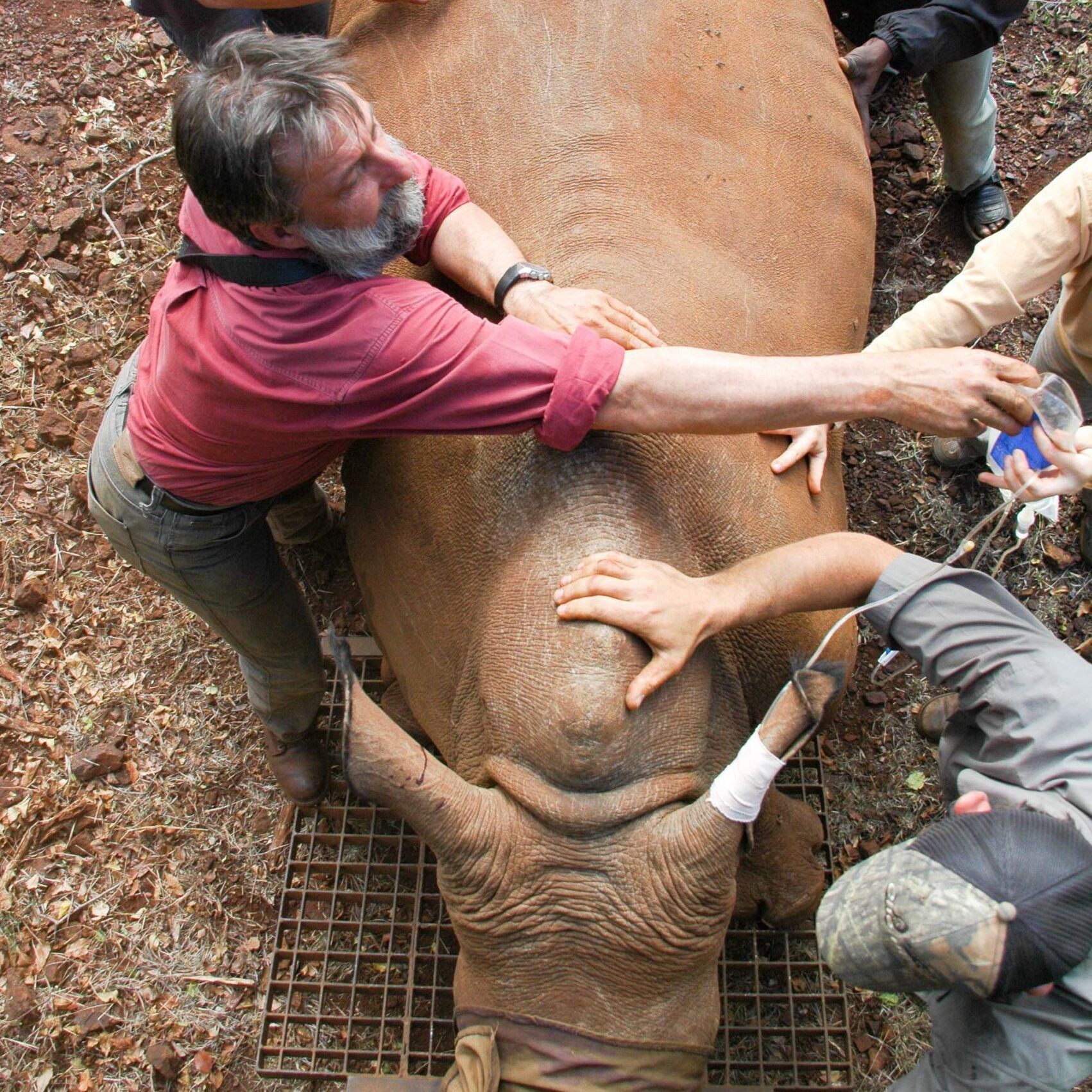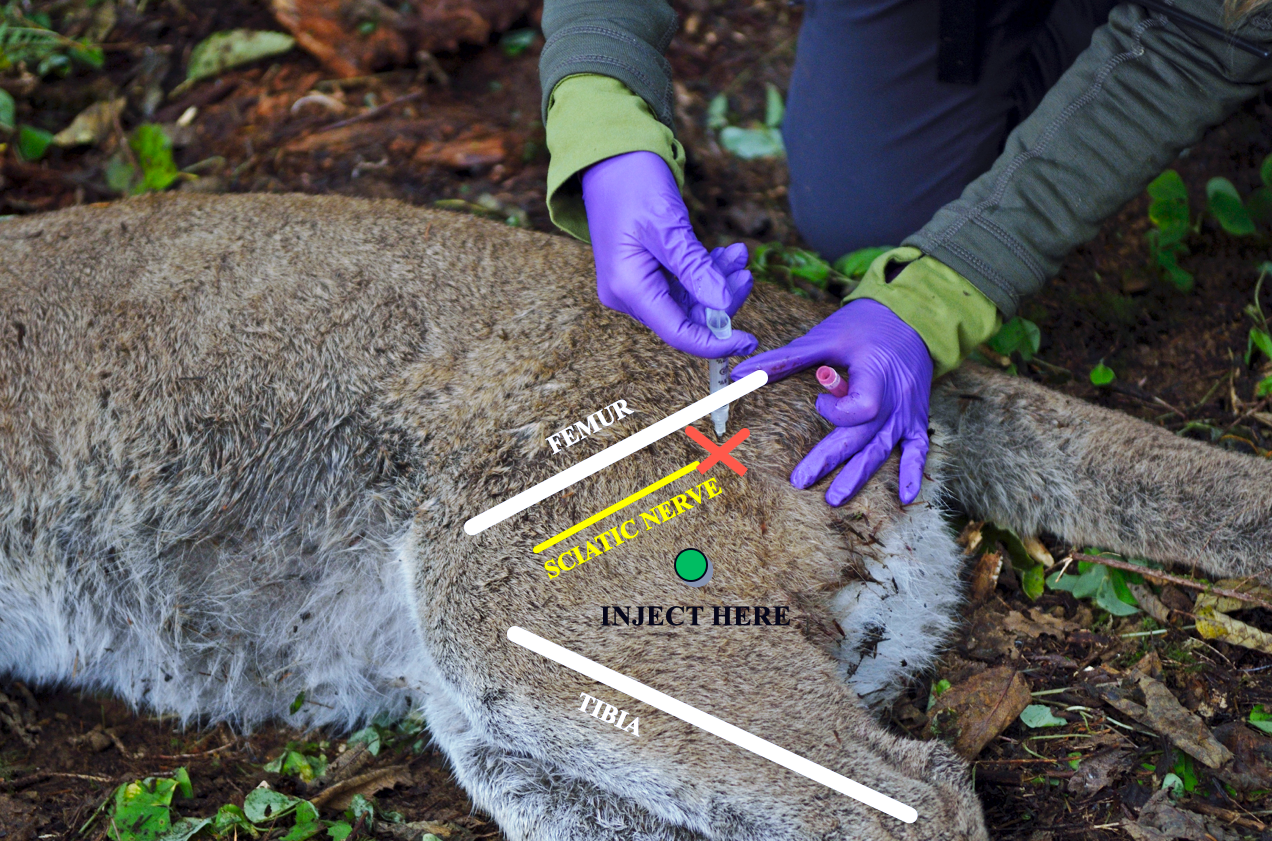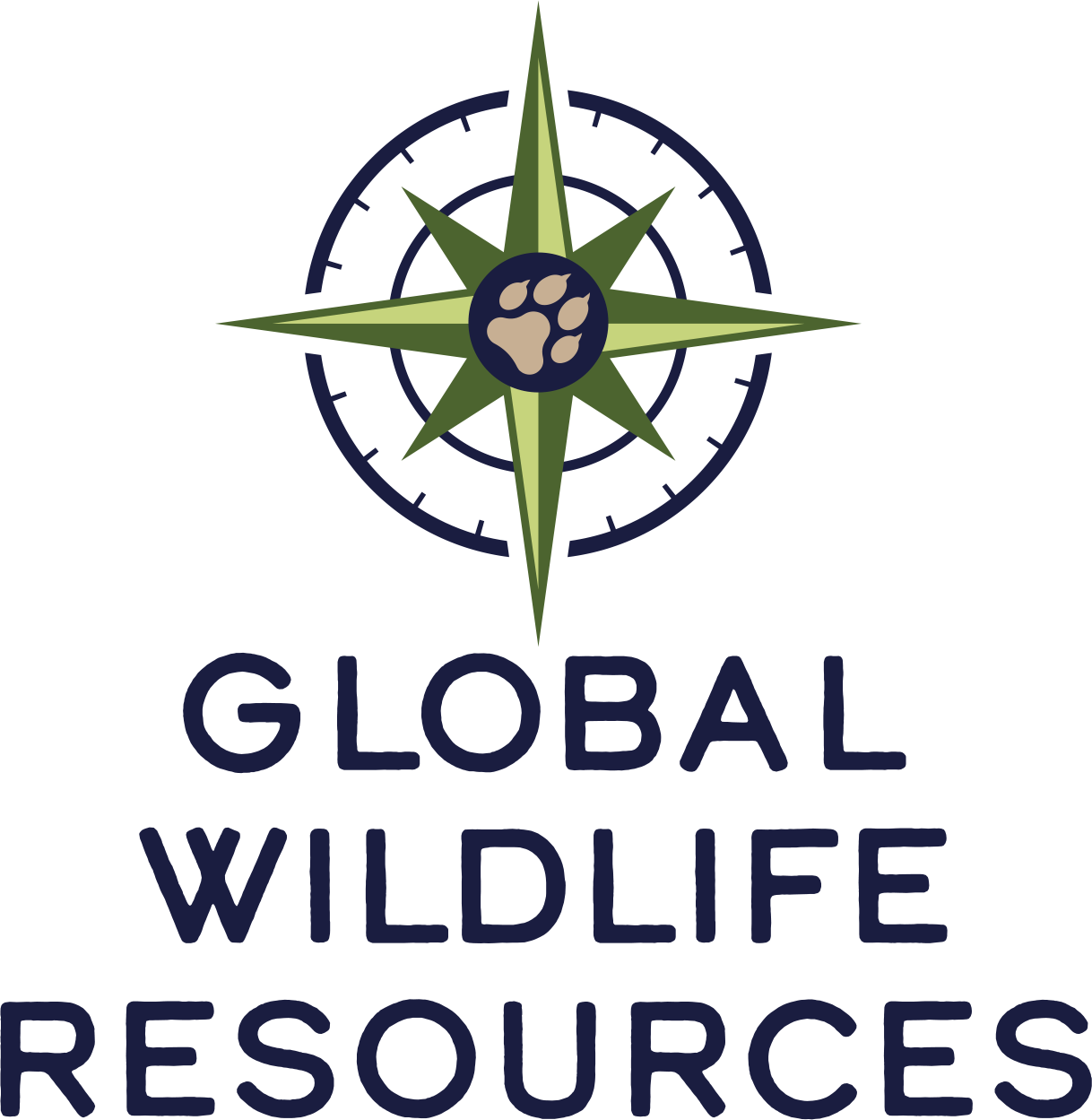Post-capture evaluations are rarely practiced by wildlife professionals, yet they provide enough benefits for animals and field biologists to justify becoming a part of any wildlife capture program. During our wildlife captures in collaboration with the Red Wolf Recovery Program, scrutiny from the public, executive staff and policy makers was intense and it required me to develop a practical approach for self-evaluations and official documentation. This practice became so valuable for each biologist on the project that I now integrate it into all of my animal handling programs.
Here is how our project team evaluated our own field captures…. While trapping for large sympatric canids, the need to document our capturing techniques and processes for each capture arose from both the socio-political sensitivity of the work and the broader background issues surrounding red wolves, coyotes, and their hybrids. Our trapping took place during a time when support for North Carolina Wildlife Resources Commission’s involvement with large sympatric canid work in this area was not universal. I was receiving many questions about how and why I was doing what I was doing, despite having a fully developed project plan. I found my own memory to be shaky and often unreliable. It can be difficult to recall minute details while in the midst of a busy trapping season. The time needed to locate information in my files was often consumptive when other’s expectations for receiving answers were of a more urgent nature. This led me down the road to developing and incorporating the practice of creating post-capture reports into my trapping work.
A Game Changer
Spending the time to develop and incorporate this practice was a game changer for my work. It provided our team with several valuable benefits:
- We now had a complete, detailed record of our actions and justifications that were easily referenced.
- It gave my staff and me the opportunity to reflect on the actions taken, what went well and what could be improved, and what actions in the future could be done differently.
- It gave me the opportunity to discuss our field captures with collaborators, managers, and other high level leadership to receive their input.
- It gave us a broader understanding of what we were learning as we went through each capture experience. It’s become a strong positive feedback cycle in our work.
Post-capture evaluations strengthen our ability to learn from every animal and every field operation.
Creating a Post-Capture Report
While it would be easier to simply have a written description of what occurred, creating a package of proof is more powerful when answering hard questions. In the case of my canid research, we needed to document data, photos, and videos when possible. In your reports, I recommend including:
- A written, detailed description of what occurred in the field,
- A scan of your capture data sheet, including TPRs(temperature, pulse and respiration),
- Maps of your capture and release sites
- A map of initial GPS collar data (if using GPS collars) or initial telemetry triangulation data
- Photos of the release
Remember that animal care and ethics are the basis for this post-capture evaluation. It is not sufficient today to simply cite IACUC recommendations in project plans (something I see frequently when reviewing Scientific Collection Permits). Creating a foundation of animal care and ethics relies on documenting a project ethos, detailed impact and risk assessments, and mitigation and contingency plans, before ever stepping into the field. The post-capture practice will only be as good as the foundation it is built upon. Remember that post-evaluations for your own self-assessments are justification enough. They can be shared with your colleagues to get other professional opinions on how to improve. I strongly recommend that you take the time to evaluate each capture. The extra time to assemble a self-evaluation, followed by a series of discussions is time and effort well spent at both the front and back ends of a project. Doing so garnered our team trust, confidence, strengthened our field procedures, and minimized perceived controversy among those receiving our reports.

